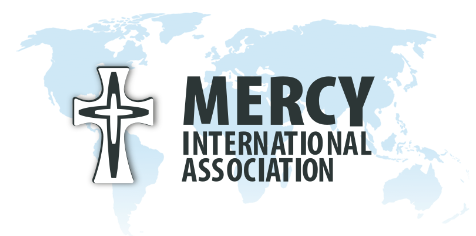Combating Child Trafficking
Introduction
“There can be no better measure of our governance than the way we treat our children, and no greater failing on our part than to allow them to be subjected to violence, abuse or exploitation . . . Parliamentarians have the power to alleviate the suffering of millions of children around the world, if only they would use it.”
Jessica Lange, UNICEF Ambassador, at the Inter-Parliamentary Union’s 110th Assembly in Mexico City, 20 April 2004.
Trafficking of children links all countries and regions in a web of international crime. Every year, children are smuggled across borders and sold like commodities. Others are trafficked within their home countries, usually from rural to urban areas. Trafficking violates the human rights guaranteed to children under international law, most notably the United Nations Convention on the Rights of the Child. Children’s survival and development are threatened, and their rights to education, health and protection are denied.
Trafficking in human beings, one of the most lucrative and fastest growing transnational crimes, generates approximately up to $10 billion per year.1 In response to intensive legal and political efforts to combat drug trafficking, criminal networks involved in the drug trade are increasingly diverting resources to the development of human trafficking networks. Simply put, the ‘cost’ of buying and selling human beings is not very high, and the risks considerably lower than that of trafficking drugs or arms.2 All countries, whether trafficking is taking place through, from, into or within their borders, must enact measures to end this harmful practice.
Parliamentarians are in an extraordinary position to create the political and legislative climate for the successful development and implementation of anti-trafficking initiatives. Parliamentarians have the authority to allocate resources for trafficking-prevention measures and can advocate for greater awareness within governments.
Cooperation among countries of origin, of transit and of destination is fundamental if human trafficking is to be eliminated. Nations must hold all perpetrators accountablewhether recruiters, intermediaries or users of exploited children. Internal trafficking must be taken no less seriously than global trafficking. Protection of and assistance to victims are paramount in any anti-trafficking strategy. Anti-trafficking initiatives that focus exclusively on law enforcement can leave victims exposed to further exploitation, and sometimes criminal prosecution themselves. Finally, legal measures to combat trafficking will fail without mechanisms to implement and monitor the laws.


)
)
)